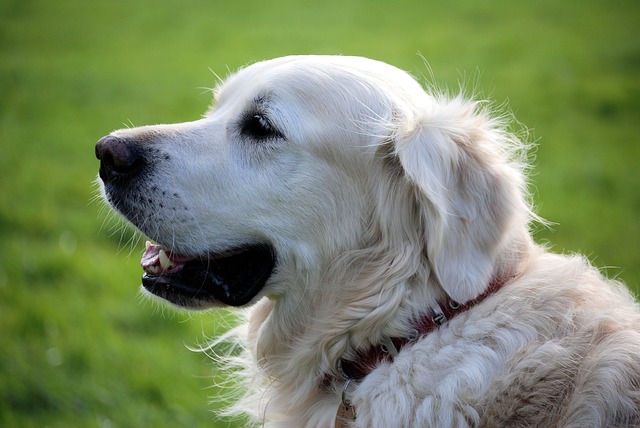
How old should a dog be potty trained?
Most puppies start showing signs they’re ready for potty training between 12 and 16 weeks old—this is when their bladders and bowels develop enough to hold it for short periods.
Dogs struggle with “stay” because their brains are wired to “follow the pack”—and you’re their pack. To them, staying put while you move feels wrong, like abandoning the group. Puppies, in particular, haven’t learned self-control; their brains are all “explore, play, be near you,” making stillness feel unnatural. A trainer in New York, who works with city dogs, explains it like this: “‘Stay’ is the opposite of their instincts. It’s like asking a kid to sit still during a birthday party—they need practice, not scolding. Milo wasn’t ignoring my friend; he didn’t understand that ‘staying’ meant the fun (her attention, the walk) would keep going, not end.” Breeds with high energy (labs, border collies) need extra reps, but even calm dogs like basset hounds need to learn this skill.
The key to teaching “stay” is breaking it into tiny, winnable steps—no marathon sessions, just 2-minute bursts of success. Start in a quiet room, no distractions. Ask your dog to sit (if they don’t know “sit” yet, teach that first—“stay” builds on it). Once they’re seated, say “stay” in a calm, firm tone, hold your hand up like a stop sign (consistency helps), and count to 1. If they stay put for that second, explode with praise: “YES, good stay!” and reward with their favorite non-treat prize—a quick game of tug-of-war, a belly rub, or 10 seconds of fetch. Repeat this 5 times, then take a break. The next day, try counting to 2, then 3—never push past their limit. My neighbor’s Shih Tzu, Lulu, mastered “stay” in a week by starting with 1-second holds; now she stays put while her owner grabs the mail, tail wagging for her post-stay belly rub.

Gradually add distance and distractions. Once they nail 5 seconds of “stay” at arm’s length, take one step back, say “stay,” then step forward and reward. If they move, don’t scold—just reset, go back to shorter times, and try again. Scolding makes them associate “stay” with stress, not success. For distractions, start small: drop a toy nearby while they “stay,” then reward if they ignore it. In Boston, where sidewalks are busy, this is critical—Milo’s owner practiced “stay” by the front door with the sound of a passing truck, rewarding him for not budging. By week three, he waits patiently while she unlocks the door, no more dashing.
In apartments, “stay” keeps chaos down—no rushing the door when neighbors pass, no begging at the dinner table (a big plus for roommates). At community parks, a dog who “stays” respects other owners’ space—no crashing picnics or jumping on kids. Don’t skip the basics: keep their rabies vaccine current (required for city living) and always carry poop bags (Boston fines $120+ for forgetting)—a well-trained “stay” dog is part of being a responsible neighbor.
Milo’s owner now starts each morning with 5 minutes of “stay” practice: 10 seconds by the door, 15 seconds with a toy tossed nearby, all rewarded with a quick game of fetch. Last week, he stayed put while she chatted with the neighbor, tail thumping but paws planted. That’s the magic of “stay”—it’s not about control, but trust: your dog learns that waiting for you means the fun, the walks, and the love keep coming.

Most puppies start showing signs they’re ready for potty training between 12 and 16 weeks old—this is when their bladders and bowels develop enough to hold it for short periods.

Picture this: you’re relaxing in your apartment, and your phone slips between the couch cushions. Instead of awkwardly shuffling the furniture, you wish your Labrador

You’ve just adopted a wonderful adult rescue dog, Buddy, and you’ve been told he isn’t quite house-trained yet. The crate is set up in the corner of your Chicago apartment

Choosing the right crate size sets the foundation—your dog should stand, turn, and lie down comfortably, but not have extra space to use one corner as a bathroom.

You’ve just brought home your new puppy, Charlie, and you’ve heard a crate is essential for house training and safety.

Bringing home your new puppy, Max, is a joy, but the first night can be a rude awakening for everyone involved if he cries incessantly in his crate.